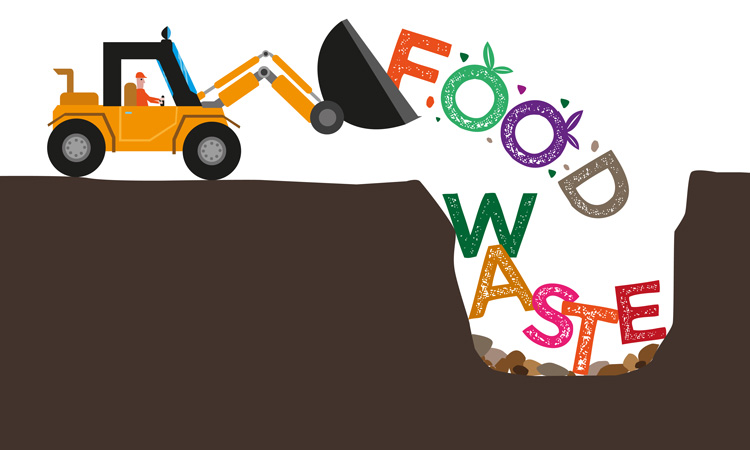
TRANSFORMING THE FOOD SECTOR FOR A BETTER TOMORROW

Circular Economy
The use of resources has increased during the industrialization period. This maybe due to the growing economies and the demand from the increasing population. If business as usual continues, the natural resources may fail to give to the future generation the needed goods and services.
Hence, an opportunity for the urgent creation of a circular economy where waste and pollution are designed out, materials and products are kept in use, and natural systems are regenerated to have a more resilient economy.
Why A circular economy for the food sector
Despite food being essential for human health and survival, the environment, and the economy, its production has greatly contributed to the increase in the use of the world’s resources. The current food system is not efficient, resulting in wastage, use of more resources, and environmental pollution.
Food production takes up most of the fertile land on the farm, the water resources for irrigation, encroaching the natural forestry to expand agriculture, and even use of fossil fuel for processing, yet according to research, a third of the food produced ends up being lost and wasted, leaving over 800 million people hungry. Statistics show that if food waste and loss were a country, it would be the third from the USA and China in terms of GHG emissions. Hence, a circular economy for the food sector is important for the sustainability of the environment (reducing emission from food loss and waste), and natural resources (reducing agriculture land expansion and water use for irrigation)
Getting to the specifics of food
Bread is one of the foods which are mostly wasted across the world, mainly at the household level. The process of decomposition of the product produces methane, which is a GHG, contributing to environmental degradation and climate change.
Application of a circular economy means behavior change among consumers to restrict their shopping to table size amounts to avoid wastage and putting to use that which is discarded as waste. Circularity means waste will be treated as a resource and used inventively to generate manure or animal feed.